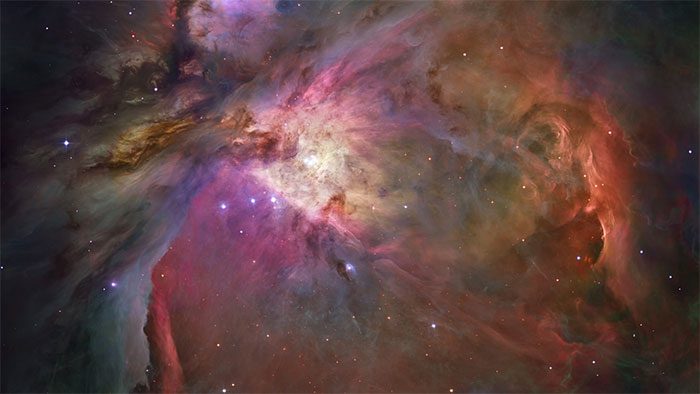A complex organic compound may have formed in the cold clouds between stars, adhering to “The Dragon Palace” and the parent body of the Murchison meteorite, long before the Earth and even the Solar System came into existence.
This is the latest discovery from a research team at Curtin University (Australia).

Could cold clouds between stars be the birthplace of life and all organic molecules? – (Photo: SPACE.COM).
According to Sci-News, the authors conducted controlled combustion experiments on several Australian plants to create polycyclic aromatic hydrocarbons (PAHs) and compared them with PAHs found in samples from the asteroid Ryugu and the Murchison meteorite.
The asteroid Ryugu, named after “The Dragon Palace” in Japanese legend, was successfully sampled and brought back to Earth by Japan’s Hayabusa-2 spacecraft a few years ago.
Meanwhile, the Murchison meteorite is a billion-year-old meteorite that fell in Australia in the 1970s.
Both Ryugu and Murchison have been confirmed to contain “seeds of life”, which are the foundational amino acids for more complex compounds, including proteins in the human body and living organisms, as well as polycyclic aromatic hydrocarbons.
In this case, the PAHs in these two space rock samples revealed their origins.
Professor Kliti Grice from the Centre for Organic Geochemistry and Isotope Research at Curtin University, a co-author, stated that the bonds between light and heavy carbon isotopes in PAHs were analyzed, revealing the temperatures at which they formed.
The PAHs found in Ryugu and Murchison include smaller PAHs generated in warmer environments, such as near a star or within a celestial body.
However, more notably, the larger PAHs are believed to have formed in the cold clouds between stars, thus predating the Solar System.
This implies that smaller structures—amino acids that make up PAHs, as well as primitive life molecules—have also existed wandering in the stellar environment long before the Solar System and Earth came into being.
In other words, our distant origins may trace back to the cold clouds between stars.


















































